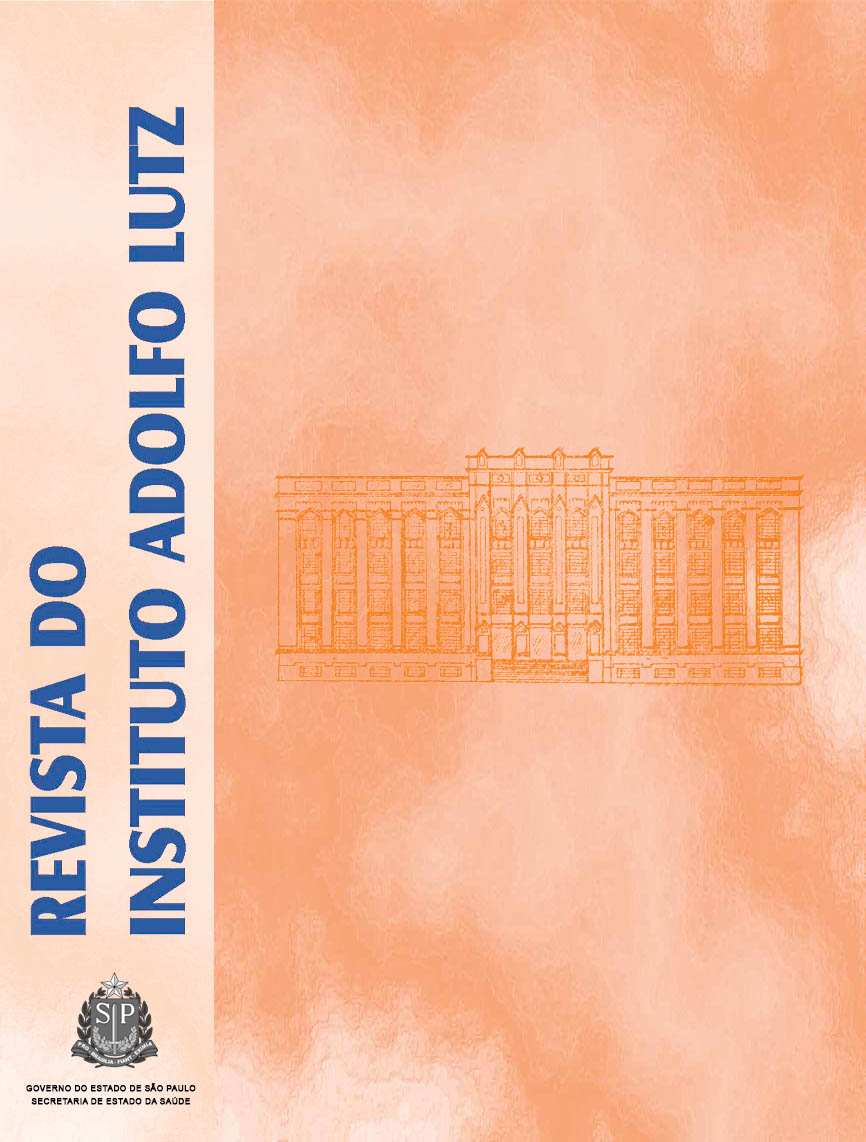Abstract
The purpose of the present investigation was to characterize the pitanga seeds on centesimal composition, and also to evaluate its antioxidant potential and fatty acid profile. For obtaining the extract, the dehydrated
and ground seeds were treated with ethyl alcohol for 30 minutes, at a proportion of 1:3 of seeds:ethyl alcohol, under continuous agitation at room temperature. Afterwards, the mixture was filtered and the supernatant was placed into a rotoevaporator at 40ºC for determining the extract’s dry matter yield, by direct weighing. According to the results, the seeds of cherry showed high amounts of carbohydrates, and offer relevant content and antioxidant activity of phenolic compounds. In the seed oil, cherry high lighted a higher percentage of unsatured fatty acids, oleic being the main component.
References
1. Faller ALK, Fialho E. Disponibilidade de polifenóis em frutas e hortaliças consumidas no Brasil. Rev S Publ. 2009;43(2):211-8.
2. Mélo EA, Lima VLAG, Maciel MIS. Polyphenol, ascorbic acid and total carotenoid contents in common fruits and vegetables. Braz J Food Technol. 2006;9 (2):89-94.
3. Torres JL, Varela B, Garcia MT, Carilla J, Matito C, Centelles JJ et al. Valorization of grape (Vitis vinifera) byproducts. Antioxidant and biological properties of polyphenolic fractions differing in procyanidin composition and flavonol content. Agric Food Chem. 2002;50(26):7548-55.
4. Angelo PM, Jorge N. Compostos fenólicos em alimentos – uma breve revisão. Rev Inst Adolfo Lutz. 2007;66(1):232-40.
5. Jayaprakasha GK, Singh RP, Sakariah KK. Antioxidant activity of grape seeds (Vitis vinifera) extracts on peroxidation models in vitro. Food Chem. 2001;73(3):285-90.
6. Belda MCR, Pourchet-Campos MA. Ácidos graxos essenciais em nutrição: uma visão atualizada. Ciênc Tecnol Aliment. 1991;11(1):5-35.
7. Miliauskas G, Venskutonis PR, Van Beek TA. Screening of radical scavenging activity of some medicinal and aromatic plant extracts. Food Chem. 2004;85(1):231-7.
8. Brand-Williams W, Cuvelier ME, Berset C. Use of a free radical method to evaluate antioxidant activity. Lebensm Wiss Technol. 1995;28(1):25-30.
9. Sousa CMM, Silva HR, Vieira-Jr. GM, Ayres MCC, Costa CLS, Araújo DS et al. Fenóis totais e atividade antioxidante de cinco plantas medicinais. Quim Nova. 2007;30(2):351-5.
10. Shaidi F, Janitha PK, Wanasundara PD. Phenolic antioxidants. Crit Rev Food Sci Nutr. 1992;32(1):67-103.
11. Jadhav SJ, Nimbalkar SS, KulKarni AD, Madhavi DL. Food antioxidants: technological, toxicological, and health perspectives. New York: Marcel Dekker, 1996.
12. Curi R. Entendendo a gordura – os ácidos graxos. 1ª. ed. São Paulo: Manole; 2002.
13. Pompéia C, Procópio J, Curi R. Ácidos graxos e sistema inunológico. Rev Bras Cienc Farm. 1999;35(2):165-94.
14. Jardini FA, Mancini-Filho J. Composição centesimal e perfil dos ácidos graxos da romã (Punica granatum L.) cultivada no Brasil. Hig Aliment. 2007;21(148):81-5.
15. AOCS. American Oil Chemists’ Society. Official methods and recommended practices of the American Oil Chemists’ Society. AOCS; 1993.
16. AOAC. Association Of Official Analytical Chemists. Official and tentative methods of the AOAC International. Maryland: AOAC; 1995.
17. Singleton VL, Rossi Jr JA. Colorimetry of total phenolics with phosphomolybdic-phosphotungstic acid reagents. Am J Enol Vitic. 1965;16(3):144-58.
18. Hartman L, Lago RCA. Rapid preparation of fat acids methil esters. Laboratory and Practy. 1973;22:475-6.
19. Fernandes JB, David V, Facchini PH, Silva MF, Filho ER, Vieira PC et al. Extrações de óleos de sementes de citros e suas atividades sobre a formiga cortadeira Atta sexdens e seu fungo simbionte. Quim Nova. 2002;25(6B):1091-5.
20. Santos AS, Lima LB, Magalhães CEC, Almeida MMB, Silva MG. Avaliação do potencial protéico, mineral e antioxidante de resíduos de indústrias de processamento de frutas do estado do Ceará. 29ª Reunião Anual da Sociedade Brasileira de Química; 2006. São Paulo. Anais eletrônicos. São Paulo, 2006. [acesso 2008 fev 14]. Disponível em: [http://www.sec.sbq.org.br/cd29ra/ editorial.htm].
21. Gaméz-Meza N, Noriega-Rodríguez JA, Medina-Juárez LA, Ortega-García J, Cázarez-Casanova R, Angulo-Guerrero O. Antioxidant activity in soybean oil of extracts from Thompson grape bagasse. J Am Oi Chem Soc. 1999;76(12):1445-7.
22. Malacrida CR, Angelo PM, Andreo D, Jorge N. Composição química e potencial antioxidante de extratos de sementes de melão amarelo em óleo de soja. Cienc Agron. 2007;38(4):372-6.
23. El-Adawy TA, Taha KM. Characteristics and composition of different seed oils and flours. Food Chem. 2001;74(1):47-54.
24. Borges SV, Maia MCA, Gomes RCM, Cavalcanti NB. Chemical composition of umbu (Spondias Tuberosa Arr. Cam) seeds. Quim Nova. 2007;30(1):49-52.
25. Martin CA, Almeida VV, Ruiz MR, Visentainer JEL, Matshushita M, Souza NE et al. Ácidos graxos poliinsaturados omega-3 e ômega-6: importância e ocorrência em alimentos. Rev Nutr. 2006;19(6):761-70

This work is licensed under a Creative Commons Attribution 4.0 International License.
Copyright (c) 2010 Instituto Adolfo Lutz Journal
